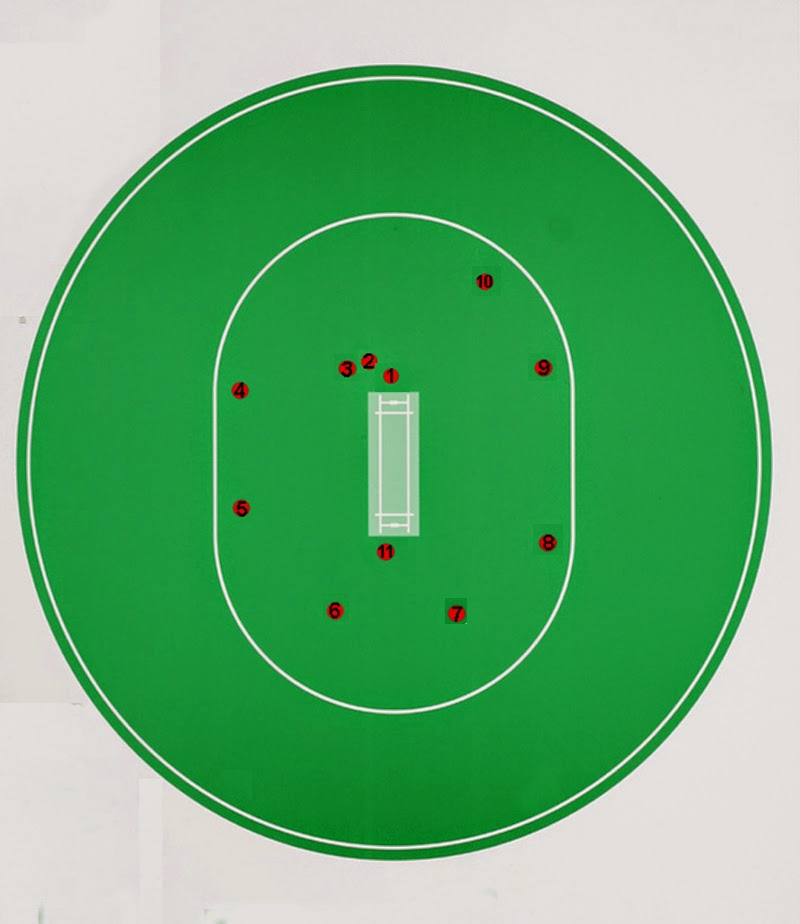Different spinners have different tactics, ideas, variations, ways of setting a batsman up, that we can share.
So talk us through how you go about setting your field, picking a line, figuring out what the batsman is trying to do, making adjustments. Tell us what each delivery is intended to do. Go from ball 1 through to ball 6 if you can.
So talk us through how you go about setting your field, picking a line, figuring out what the batsman is trying to do, making adjustments. Tell us what each delivery is intended to do. Go from ball 1 through to ball 6 if you can.


